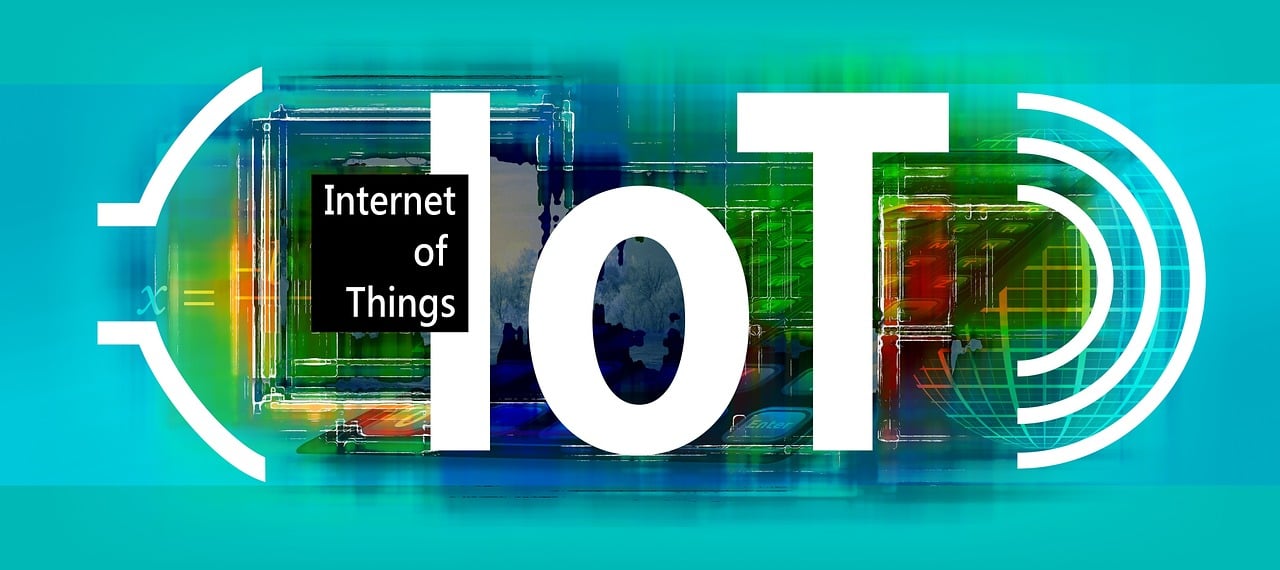IoT Can Help Bridge the Staffing Shortage Gap
3 Min Read By Tom Woodbury
There’s no denying the strain that staffing shortages have on the QSR industry. While there’s hope across the industry that this trend is easing, staffing challenges will likely remain for many throughout the year.
As if hiring struggles weren’t enough of a problem, retaining employees remains a challenge, with the quit rate in food service at approximately 5.4 – 6.2 percent in late 2022. According to research, the cost to replace a single employee could be as high as $6,000. This forces restaurants to find new ways to avoid turnover, minimize hiring costs, and ease the burden on today’s food service workforce by maximizing the talent that is already there.
Fortunately, Internet of Things (IoT) solutions can do exactly that. IoT is enabling restaurant employees to focus on what matters most, the customer experience, by automating manual back-of-house tasks to free up their time. In turn, the use of this technology is enabling more efficient use of talent and generating…
Sorry, You've Reached Your Article Limit.
Register for free with our site to get unlimited articles.
Already registered? Sign in!


